Digital imaging cuts waiting times for skin cancer

Health correspondent, BBC East Midlands
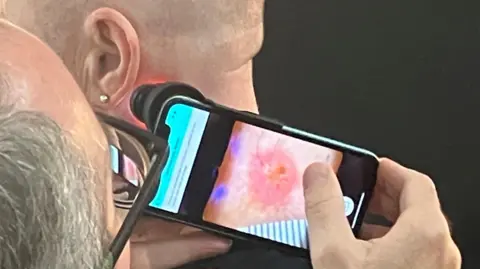 BBC
BBC
Digital imaging of suspected skin cancers has dramatically cut waiting times for diagnosis and treatment in Nottinghamshire.
Clinical photographers in parts of the county now see patients referred by GPs typically within a couple of days, rather than them having to wait what used to be sometimes weeks to see a consultant for just an initial appointment.
The imaging includes using artificial intelligence (AI) smartphone software, which then sees pictures sent to a consultant dermatologist to assess, without needing to meet the patient.
Sherwood Forest Hospitals NHS Foundation Trust said the approach was freeing up specialists’ time to focus on surgery.
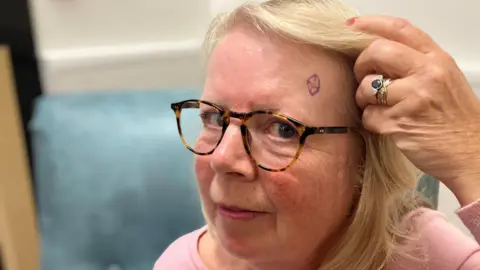
Fiona Hayward-Lyon, from Farndon in Nottinghamshire, is one of nearly 2,000 patients seen by the trust with suspected skin cancer who have benefitted from faster access to diagnosis.
The service was fully introduced in June 2024 and one year on, has been described as a “big success” by the trust.
Mrs Hayward-Lyon had become concerned about a lesion on her forehead.
The 63-year-old’s appointment for photographs was arranged within three days of seeing her GP, and it took just over four weeks to get the surgery, which took place in October.
“I’d had a red blemish on my forehead for a while and I suddenly noticed it was getting raised,” she said.
A dermatologist then examined her images remotely.
Only three per cent of patients under the trust’s care require a face-to-face follow-up appointment after the initial photography, and some like Mrs Hayward-Lyon go on to require surgery.
In her case, a basal cell carcinoma – a type of skin cancer – was diagnosed needing removal.
She said: “I didn’t expect to be seen so quickly. I can now move on and be a little more careful in the Sun.”
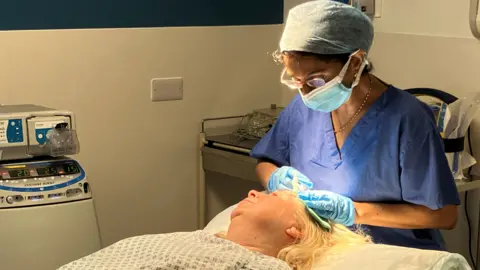
Consultant dermatologist Dr Ritu Singla, who treated Mrs Hayward-Lyon, said the photography service allowed medics to reassure patients sooner if they did not have cancer.
“We can rule out lots of benign [non-cancerous] lesions, which are the bulk of cases,” she said.
“It also enables us to start treatment sooner for those patients where cancer has been diagnosed.”
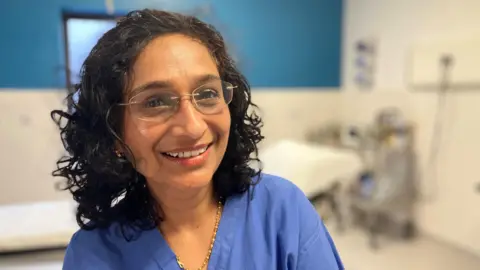
Dr Singla said: “Patients are more aware of skin cancer these days, [but] at the same time in the aftermath of the pandemic we had long waiting lists.
“We prioritised but some patients were waiting months for treatment.”
There is a national NHS target for 96% of skin cancer cases to treated with 31 days of a decision to treat.
Prior to the introduction of the photography service, the trust achieved 72% in the first quarter of 2023-24.
Latest figures show 100% of patients in February 2025 were treated within the target time.
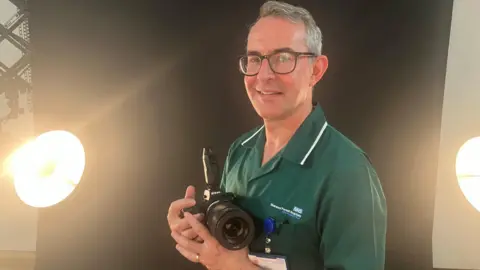
Clinical photographer Jason Randall says he uses a special polarised light, a device called a dermatoscope, to help produce high-resolution images.
He said: “It enables the camera to see into the first layer of the skin not clearly visible to the naked eye and crucially the edges of the lesion.”
Greater use of technology is one of the themes of the government’s new NHS 10-year plan, which looks to improve efficiency, productivity and outcomes for patients.





